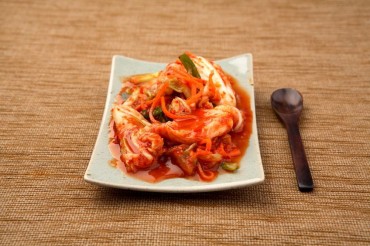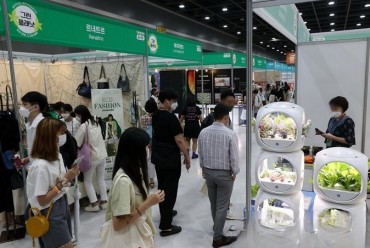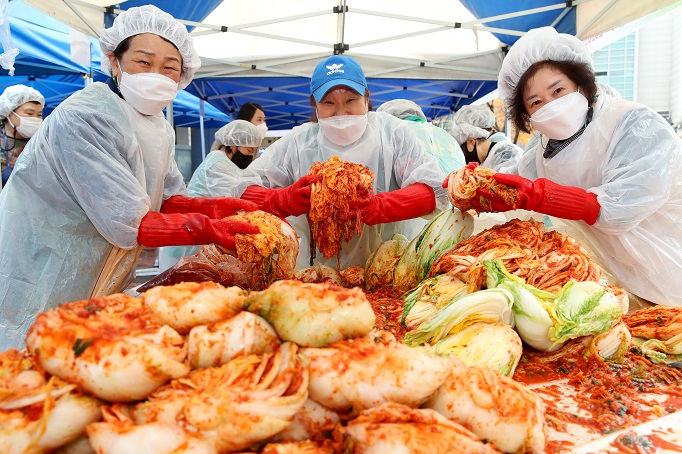
A group of volunteers poses with kimchi, a traditional Korean side dish normally made of fermented cabbage, salt and hot peppers, during an event held in eastern Seoul on Nov. 18, 2020, in this photo released by the Seongdong Ward.
SEOUL, April 25 (Korea Bizwire) — Similar noodle dishes can be found in various parts of the world, like spaghetti in Italy, dao xiao mian in China, and bibimguksu in Korea.
These dishes all share the common element of noodles topped with vegetables, meat, and spices. It is possible that these cuisines have influenced each other throughout history.
However, each culture has a unique evolutionary process and distinct flavor differences. China does not claim spaghetti as a Chinese dish, and neither should any other country claim ownership of a similar food from another culture.
Yet, South Korea’s unique historical facts and cultural traditions are often disputed, with nearly all of them being claimed as their own. The “kimchi controversy” between South Korea and China is a prime example.
In an article titled “Kimchi ferments cultural feud between South Korea and China” on Nov. 30, 2020, Britain’s BBC pointed out that “kimchi is available in China under the name ‘pao cai’, but there is another food native to China that goes by the same name.”
Some Chinese media have reported that an ISO document applies to kimchi, but it does not.
Kimchi is a distinctive food optimized for Korean table settings and is not the same as China’s pao chai, which is a pickled vegetable.
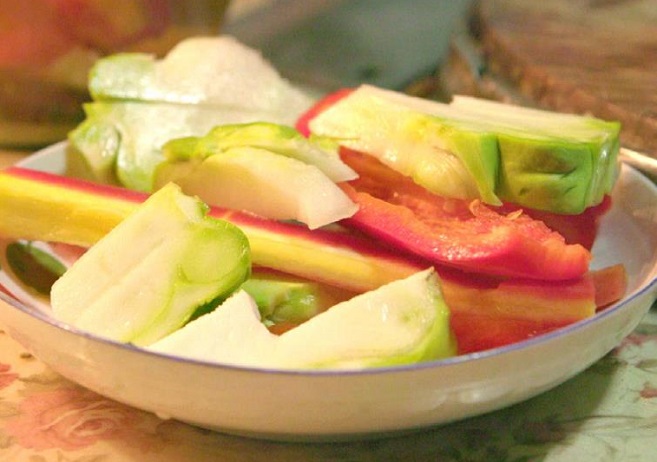
This captured image provided by the Northeast Asian History Foundation shows “pao cai,” a pickled vegetable consumed in China.
According to Park Chae-lin, a research fellow at the World Institute of Kimchi, who analyzed the process of fermenting vegetables and the differentiation of kimchi in her recent article, “Fermenting Food, Fermenting Thought,” published in the Northeast Asian History Report, humans began salting food a long time ago to store surplus food.
They salted vegetables to prevent spoilage and store them for long periods during cold weather, to be eaten when needed. “Primitive pickling,” which did not require any special technology, was a universal human practice.
However, from the first to third centuries A.D., fermentation culture was formed, and the ingredients and methods of pickling changed.
“From the time of fermented pickles, China and Korea went their separate ways,” Park said.
In China, vinegar and liquor were mainly used to develop pickling with fermentation technology, while in Korea, salt and “jang” were the main ingredients for pickles.
The Korean unique tradition of making fermented bean paste, or “jang” dates back to 668 A.D.
The differences between the two countries are also evident in ancient texts.
According to the ‘Zemin Yosu’ (齊民要術), China’s first farm manual, vinegar, liquor, and alcoholic beverages were used to make pickles in China, but there is no trace of these ingredients in ancient Korean pickles.
“It’s hard to say that Chinese pickles were influenced by Korea because they are completely different,” Park said.
“There is also no evidence to support the claim that China brought pickling technology to Korea in the Later Han Dynasty.”
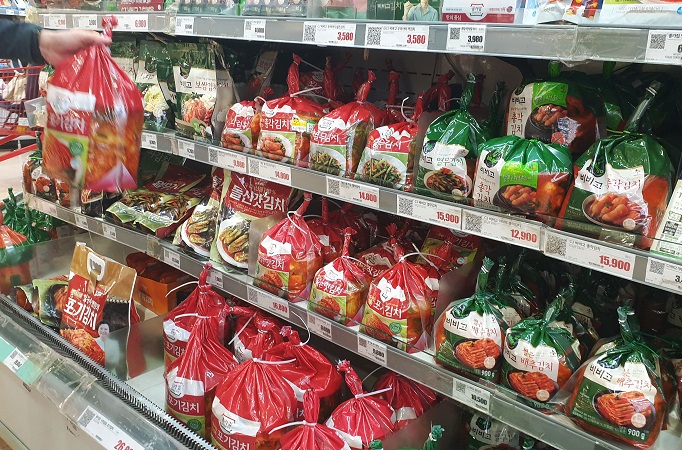
Packaged kimchi products are displayed at a supermarket in central Seoul in this file photo taken on Oct. 9, 2020. (Yonhap)
Park believes that the uniqueness of Korean kimchi is largely due to the influence of “jeotgal” and various spiced vegetables. Jeotgal refers to salted and fermented meat, roe, or entrails of fish and shellfish.
“Kimchi began to pursue ‘delicious taste’ in addition to salty and sour taste by using jeotgal, a fermented food derived from animals,” she said, “and secured its uniqueness by adding animal umami and dramatically enhancing its taste and nutritional properties.”
Park emphasized that the “flavored” approach to fermented pickles was well-suited to Korean food culture.
For example, in China, pickled vegetables can be stir-fried or used as an ingredient in a dish, so flavors can be added at the cooking stage, but in Korea, pickled vegetables are eaten as a side dish without cooking, so they need to have a complete flavor on their own.
Park reiterated the uniqueness of kimchi, saying, “Kimchi is a food that is optimized for the Korean table because it has a flavor that is complete on its own, without any additional heating or cooking.
Jerry M. Kim (jerry_kim@koreabizwire.com)




